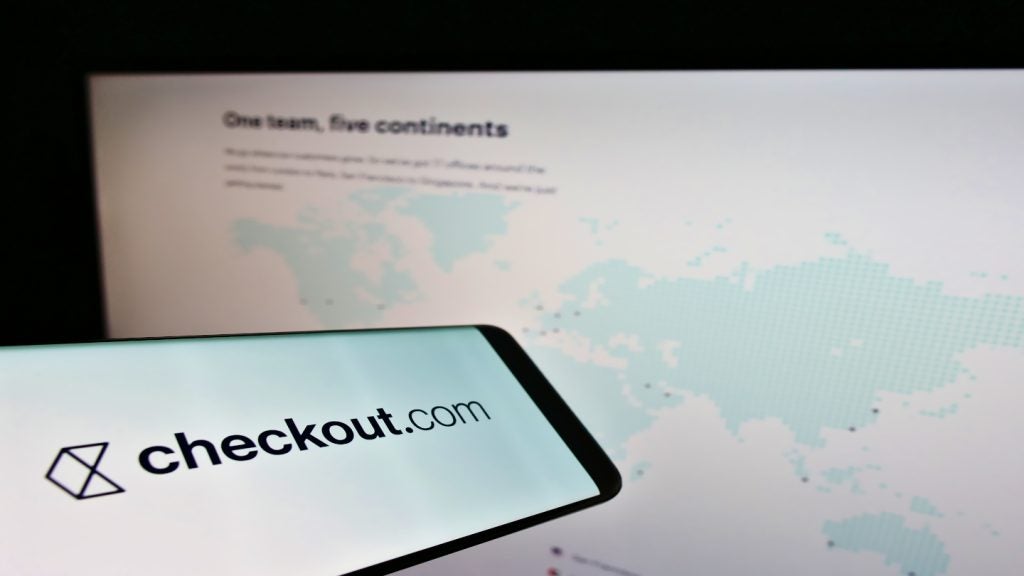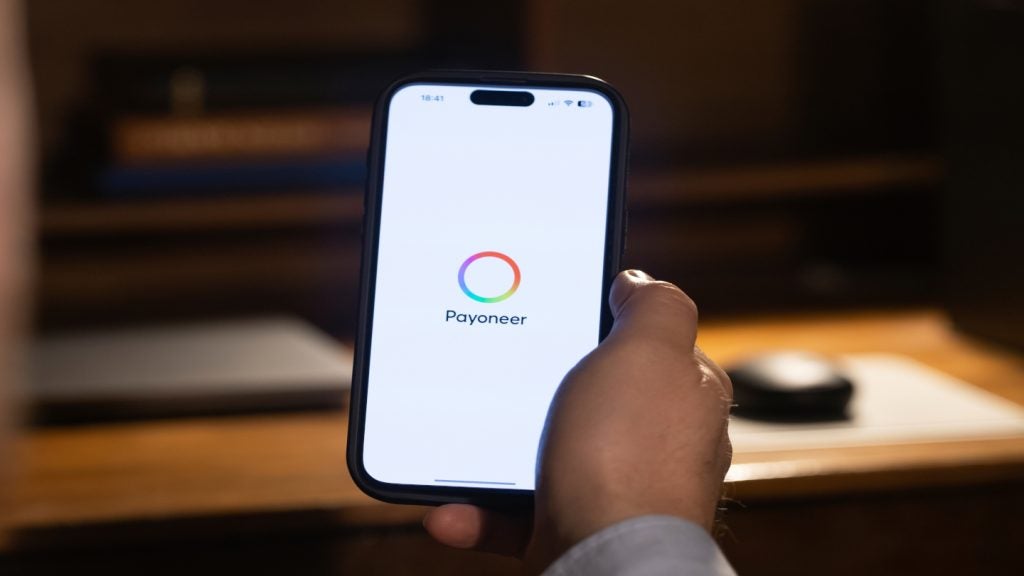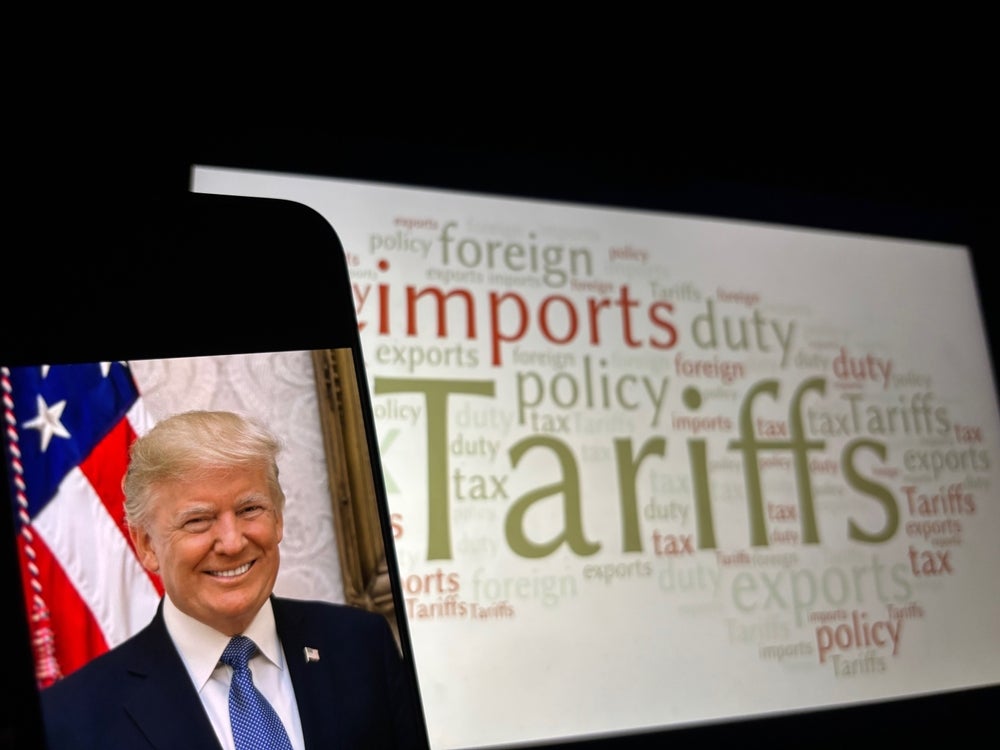Cross-border payments continue to grow, as companies choose international expansion as a successful mean to fight the negative effects of the global financial crisis. Stakeholders seek ways to make transactions cheaper and more efficient. Would a single set of regulations be a correct and possible answer? Sara Perria reports
Cross-border payments have become a big issue of an increasingly globalised economy grappling with one of the most damaging financial crises of all times.
The industry is clear: the sluggish economic situation of the last few years has not slowed the growth of corporate cross-border payments. But there have been some relevant changes. Geographical changes, to begin with; and a greater attention to cost-saving strategies as a top priority.
The result does not require a magnifying glass: South to South flows are on the rise and Renminbi is climbing its way up next to US dollars, still on the podium of cross-border exchanges.
The expansion of the market and the new direction payments are taking has consequences in emerging economies, as well as in mature ones.
Giant exporters such as the US have become importers of Chinese goods, diverting the direction of payments transactions. Emerging economies need new technology infrastructure but are managing to catch up fast, without the burden of legacy technology and the advantage of not having to repeat mistakes already experienced in established markets.
On top of these fast-moving changes a question now sits: are regulations currently in line with industrys expectations? Or has having SEPA in Europe and many different regulatory environments from Asia to Africa now become too much of a burden?
It is not easy for payments solution providers, consultants, merchants and customers to find their way across this labyrinth. Isnt it then time for a single set of regulations? Stakeholders question whether this will remain an unrealistic dream or if there is hope for greater uniformity in the coming years. It happened in accountancy with IFRS, why cant it happen in the world of payments?, some ask.
A standard issue
Finacle associate vice president and lead product managerRajashekara Maiya says the challenge of cross-border transaction is to achieve a set of globally accepted standards, an effort that has been attempted in other industries.
At the moment, each country has local payments expectation and there are no established standards that say how much a transaction should be charged, Maiya says.
According to Finacle, a provider of software payments solutions, technology is progressing. However, such a diversity of standards is not helping improve efficiency and reduce costs. The solution comes in the form of a wish: a unified regulation capable of bringing in efficiency, clarity, speed and convenience.
The need for a common set of standards for cross-border payments is of absolute necessity; Maiya says.
Such standards will help all stakeholders (customers, banks, technology service providers, regulators) in bringing in transparency, better and efficient processing of cross-border payments, which is not only cheaper but also convenient to use, he adds.
Not everyone, though, manages to match the wish with the belief this will one day become reality.
Aite Group senior analyst Nancy Atkinson confirms: A single set of standards for cross-border payments is close to universally desired. But the challenges seem insurmountable.
Each payments participant wants that standard to be what they currently use, is the first contradiction flagged by Atkinson.
Whats more, the comparison with accountancy IFRS/GAAP convergence is not as straightforward, the analyst says.
Accounting standards focus on policies and practices and do not require systemic interfaces between companies systems; in cross-border payments, instead, multiple banks and third-party providers are involved and need to exchange data systemically with one another.
Were a single set of standards for cross-border payments to be developed and embraced worldwide, it would be very useful to speed processing, ensure accuracy, and reduce the costs of cross-border payments, Atkinson admits.
Unfortunately, I believe such a standard is a dream, she says.
One of the reasons is the small percentage of total cross-border payments, about 3% of total payments.
An annoyance but not a priority for the industry, the analyst stresses.
The costs of such convergence would not outstrip the benefits.
Theres a multitude of legacy payments systems around the world and these would have to be updated or replaced, which would lead to significant time and expense for changing, Atkinson warns.
Not to mention, again, multiple standards bodies exist that believe their standard is the one that should be adopted, and others will, of course, disagree.
But Atkinson does not reject the global-standard dream as not-grounded all together. She stresses that, because of the data exchange in cross-border payments, should an international standard exist, it would have a powerful positive impact on the speed, accuracy, and costs of cross-border payments.
That positive impact would probably be significantly stronger than the positive impact of standardising IFRS/GAAP, she adds.
But the reality has to take into account that countries are at varying stages with regard to their internal payments systems and cross-border funds exchange.
Legal structures are different to the point that some countries do not even allow money to be moved beyond their borders.
In established economies payments infrastructure has evolved over many years, and generally uses older technologies.
These technologies are older but enable fairly efficient payments processing at least within the country, Atkinson says.
Meaning that, as cross-border payments comprise a relatively small percentage of total payments, they will not drive changes.
As for emerging economies, they will use new technologies to develop their systems, which will not automatically interface with legacy systems in established economies.
The time and expense to convert to a new standard is daunting at best, is Atkinsons final verdict.
Phil McGriskin, chief product officer at merchant acquirer WorldPay, agrees.
I dont think a time for a single set of standards will ever come, he says.
His belief is that harmonisation will come through private companies and not through politics or banks.
Banks commonly dont work well together. There is SWIFT, but it is very inefficient, because payments are expensive and slow, with correspondent banks in the middle.
SWIFT is indeed the closest the industry has come to a convergence process, being a messaging system that instructs banks to make book entries against correspondent accounts, moving money from a payer’s account in one country to a recipient’s account in another.
McGriskin though, believes a solution will come not through regulations but through companies such as WorldPay, who manage to sit above these mechanisms and reduce costs and time.
According to the chief product officer the firms business has grown massively in the past few years, at a rate of a 100% year to year, from 2008. And not simply because of the crisis but because before there wasnt an alternative
Barclaycard head of e-commerce Ed Black says achieving a single standard across all countries is too ambitious but says theres definitely space to simplify regulation.
The alternatives: how to reduce costs
A unification project to simplify rules and make cross-border payments cheaper and faster seems to be considered by the majority of the industry players an unobtainable Holy Grail.
However, cheaper and more effective alternatives to traditional cross-border payments are highly requested, as, following the financial crisis, companies have reduced cash flows and banks are less keen to lend money.
There are a number of ways that companies of all sizes try to cut costs.
A popular option among multinational companies is to use local accounts in countries in which they operate. In this case companies try to optimise local incoming revenue with outgoing local payments rather than repatriating excess funds and ultimately making cross-border payments, Aite Group analyst Atkinson explains.
A second approach is to aggregate many invoices into a single payment that is larger in value and can get a better FX rate, while reducing the number of cross-border transactions and the per transaction charges.
There are also a large number of non-bank companies that mostly focus on small-to-medium enterprises and assist these companies offering online platforms for payments initiation, transaction monitoring and reporting or generally assisting companies with their foreign exchange needs.







